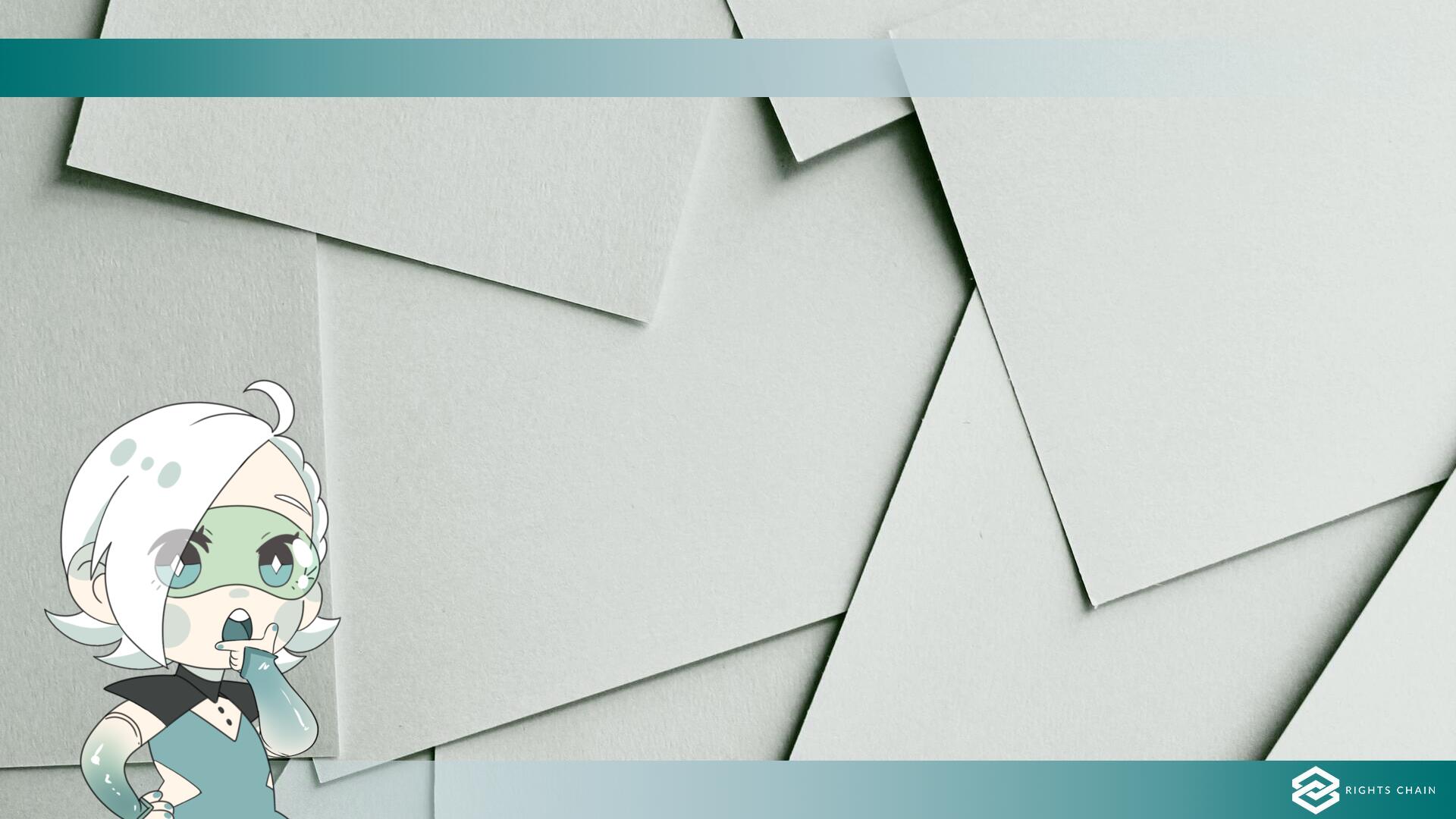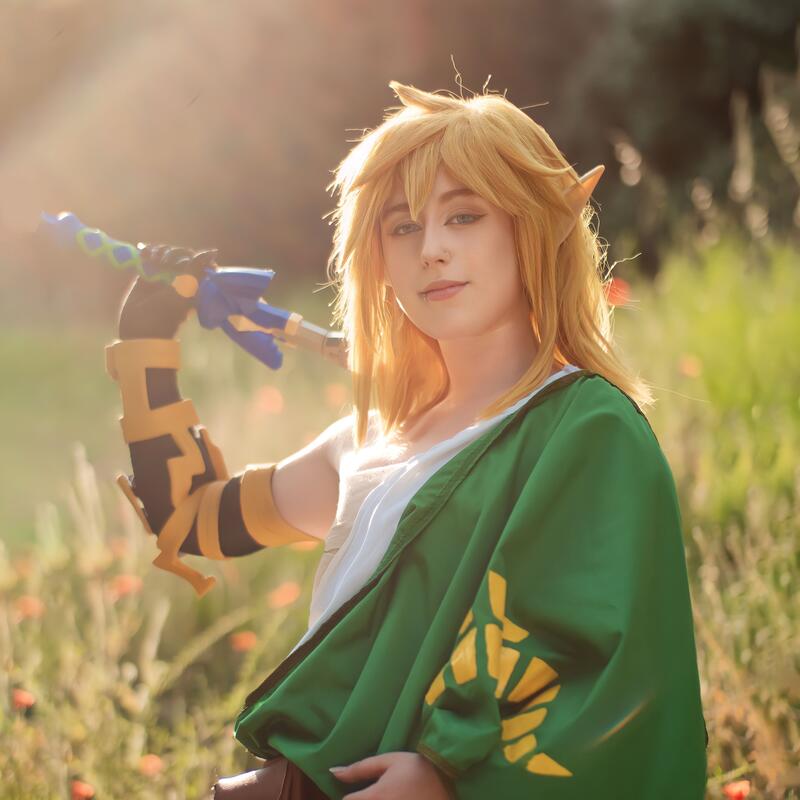Interview with Mauro Toselli - Sketchnoter, Visual Maker, Visual Thinker

- 2023-04-30
- Yako
- Creators
- Brandi Redd | Unsplash
YP: Tell us a bit about you and your work, your art style and medium: anything concerning your art that you believe to be of significance.
MT: My name is Mauro Toselli and my job, the one with which pays my bills, is in the IT field: I am the Technical Director of an IT company in Milan. I would consider my artistic style as "loose", for the most part I make sketchnotes (notes on a visual level aimed at evoking content) and visuals for different applications both on a personal and professional level. "I do things" also in the sense that I enjoy experimenting with different techniques: I work mainly with wood, paper, cardboard and leather. I firmly believe that the only possible way to learn how to do something is to just do it, sometimes it works well and sometimes it doesn't; I try to use failures as opportunities to learn. I believe that the abundance of resources kills creativity, while the best way to exercise it is to make do with what you have. I am a great supporter of the "Creative Nest", a physical container that holds the tools and materials necessary for any creative activity, which also determines the beginning and the end of the latter. It is important that it grows with you, showing signs of wear and the changes it has undergone over time, it should not be replaced at the first tear. As a container, it introduces the concept of "portability" and the tendency to build everything from scratch: a notebook created by you will always be more suitable than one you bought.
YP: What prompted you to venture into the world of digital art? How did you start your artistic journey? Furthermore, how is the art scene viewed by the country you’re from, or currently living in?
MT: Honestly... I do not feel like an artist, even though some people call me that. My small and shy presence in the art scene is mostly casual, in the sense that over time my sketchnotes and open notes have evolved and today they have an unmistakable style; anyone who knows me can say with certainty, and at first sight, that a sketchnote is mine. The art scene in Italy is undoubtedly the richest and most creative in the world, our problem is communication. I know many talented artists that almost no one knows about just because it's quite laborious even “showing up" in the increasingly deafening background noise of social media. The problem persists in traditional channels as well, which are sometimes accessed by luck, but almost always by networking: you have to know the right people, on the right path. This is definitely a full-time job that few can afford to do.
YP: If you feel comfortable doing so, please tell us something about your course of study. Did you study anything specific regarding art or was your interest born from elsewhere? How would you define your skill level currently?
MT: My path has been more anomalous than typical: I am an old industrial expert, a metalworker to be precise, but today I work in the IT field. I followed online courses regarding the subject of Design, published by various universities, but I have never undertaken a specific training course in the artistic field. I have always been surrounded by creative people, but the artistic culture that I possess right now was self-taught: I never studied it in school, I just went to various museums and paid attention to the artworks, analysing them. My interest and my creative spirit have in fact always existed, since I was a child, but only in the last few years have I started to "practice"; it started out of an expressive necessity that I felt, which I was unable to give shape to. About 10 years ago, in 2012, I was looking for a new method of taking notes and I came across the sketchnote as an artistic medium. I bought a book about it and that’s where it all started. The inspiration and support I received from the sketchnoters community, which is very open and includes incredible artists, did the rest. I consider myself a beginner and would like to continue to consider myself one - if I ever were to think of myself as an "expert", it would be the end for me.
YP: Art is most definitely a challenging, albeit extremely satisfactory activity to pursue. What impact has it had on your life so far?
MT: Definitely a huge impact. From an expressive point of view, but mainly from the point of view of my mental health: what keeps me balanced is the process that goes from intuition, to connecting the dots and then giving a physical body to ideas. It gives me the energy and mental clarity to face any series of commitments, problems to solve, successes and failures that life is composed of. Furthermore, I have always had the need to express my energies physically and visually; for a while I found a creative valve in the sport of climbing: I see it as the aesthetic expression of movement, different climbing methods lead to the research for different beauties. This aesthetic vision in my life stems from some of my father's opinions, specifically when it comes to colour. He was a photographer, and he claimed that colour was a shortcut to produce good photos - this idea was passed on to me, influencing my thoughts about the matter.
YP: Does your art enable you to support yourself economically? In case it doesn’t, is that something you’re striving for?
MT: No and yes. No, if the question refers to my creativity in the art scene; yes, if we mean my creativity in a broad sense. Creativity is the daughter of Innovation and Problem Solving, without creativity I wouldn't be able to do my job, even if it's very technical. I think it is fundamental and always highly appreciated, regardless of the field. Within my profession, creativity is always involved, from drawn presentations to sketched documents.
The art of the sketchnote, outside of Italy, is able to maintain the artists who practise it, although they are not too many anyway. It has had the opportunity to develop and integrate as a profession, thus allowing it to establish itself as an artistic genre - although Covid has not helped the progress of this profession. For example, I also practise graphic recording to expand my arsenal of skills in the field.
YP: What platforms do you use to promote your work? Do you think anything should be fixed about them or implemented differently? Do you think that a new platform concerning solely digital art would be useful?
MT: Twitter and Instagram, but lately I've been adding more media platforms - part of the job itself consists of staying informed and knowing how to approach social networks. Moreover, it’s been a year since I started publishing a monthly newsletter regarding creativity, and it has been giving me great satisfaction. The issue mainly concerns the community and the audience: if you manage to build and maintain a relationship with those who support you, you have a much better chance of broadening your horizons.
A new platform dedicated to digital art could definitely help, especially in protecting artists who, let's face it, are sometimes a bit naive and not used to having to protect their work. The problem always concerns these two subjects. In one of the workshops I hold, I ask this question - as an artist which would you prefer: exhibiting your collection in a beautiful private gallery in your city or exhibiting one of your works at the beginning of the corridor leading to the toilets in the Louvre?
YP: Have you ever had any problem regarding copyright and its management?
MT: Oh yes, of course! If you are not careful you will find your works published and signed by others as their own in the blink of an eye... let's not even mention what happens when it comes to the ideas. At the moment I am less in difficulty, as all of my works now have watermarks and are protected by Creative Commons licences, therefore protected by a very strict copyright.
YP: Have you ever had any experience concerning stolen artworks? How did you face the situation?On the same wavelength, has anyone ever posted your artworks and pretended they were theirs? If you contacted them, were they cooperative or unresponsive?
MT: Of course. Some of my sketchnotes have been used by others in powerpoint presentations and publications without attribution, and without even the courtesy to ask me for permission. I've always discovered it by chance: in some cases I let it go, in others I contacted those directly concerned. The answer was always the same "Since I found it on the internet I thought it could be used"; one even had the courage to tell me "if you hadn't wanted for it to get stolen you shouldn't have published it". Ignorance and bad faith are the real problems.
YP: What is your opinion about NFTs and their impact on the world regarding Digital Art? Are you in favour of AIs using your art to enrich their database?
MT: Absolutely NO! Want to make sketchnotes like I do? Practice for 10 years. Period.
NFTs? You’re free to do what you want. They’re perfect if you're a speculative artist; personally, if I want a Shepard Fairey work, I want it to be “real”, signed and physically hanging on the wall. Art is existential and pervasive, it must have some form of physical dignity.
Artificial intelligence should act as a support to artists, giving them the time to devote themselves to other aspects of their activity - it must not offer itself as a substitute, but as a tool at their disposal. It is essential to rely on your own skills, not on the performance of a computer system.
YP: What would you change about the current art scene in the world if you could? What do you expect from the future of art?
MT: Accessibility, respect and sustainability. Everyone can express themselves artistically, but not everyone is able to give added value to the world and to life. Those who can should be enabled to do so continuously, without waiting for them to meet their demise (often extremely poor) or for, as I said, the "right" people on the "right" paths to discover them. In the end, it becomes just a matter of money.
We thank Mauro once again for agreeing to the interview! If you are interested in his works, you can find further information on the website https://www.maurotoselli.com/ .
